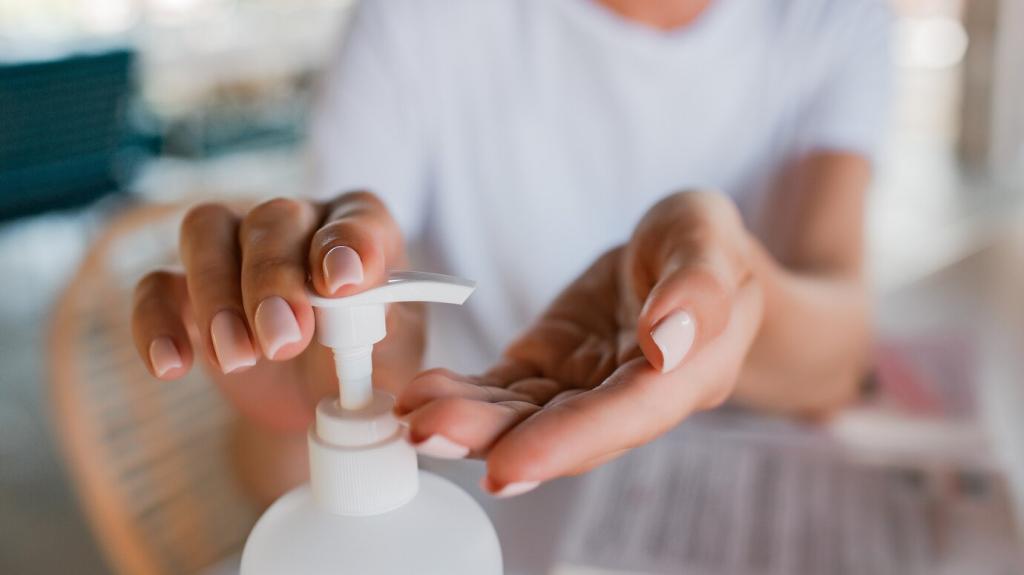Sustainable Furniture Cleaning Tips for a Fresher, Greener Home
Selected theme: Sustainable Furniture Cleaning Tips. Welcome to your gentle, low-waste path to lasting comfort—smart routines, safe ingredients, and mindful methods that keep furniture beautiful while caring for the planet. Subscribe for weekly eco-savvy inspiration and share your favorite green hacks.

Foundations of Earth-Friendly Cleaning
Harsh scrubbing can fray upholstery fibers, dull wood finishes, and push stains deeper. Gentle blotting, soft brushes, and measured dwell time lift soil effectively while preserving materials, reducing replacements, and keeping your sustainable routine truly sustainable.
Your Low-Waste Cleaning Kit
Refillable bottles and labels that actually help
Choose glass or sturdy recycled plastic spray bottles. Label each with dilution ratios for castile soap, vinegar solutions, and enzyme cleaners. Clear labels prevent wasteful guesswork, ensure safety, and keep your sustainable furniture cleaning tips easy to follow.


Cloths that love your furniture
Reach for tightly woven cotton, bamboo, or repurposed t‑shirts for dusting and damp wiping. Wash cool, skip fabric softeners, and line dry to reduce shedding. Reserve a separate set for oils or polish to prevent accidental finish streaking.
Upholstery and Fabric Wisdom
W means water-based cleaners are safe. S prefers solvent-based. WS allows either, tested carefully. X means vacuum only. Always spot test on a hidden area, using white cloths to monitor color transfer and prevent unintentional dye migration.

Use a dry, soft cloth or a barely damp one to capture dust without grinding grit into the surface. Move with the grain, lift particles gently, and avoid feather dusters that flick debris back into pores and seams.

Vinegar’s acidity cuts grime, but overuse can dull finishes. For sealed wood, keep it very diluted and follow with a damp water wipe. Never use vinegar on stone inlays, and always dry immediately to prevent moisture intrusion.

Blend a small amount of food-grade mineral oil with a touch of natural wax. Apply sparingly, buff thoroughly, and avoid buildup. Over-conditioning attracts dust; measured care keeps wood nourished without creating a sticky, dust-loving surface.
Leather and Faux Leather Care
Routine wipe-downs that prevent patina from turning to damage
Weekly, dust with a dry, soft cloth, then wipe lightly with a damp, well-wrung cloth. This removes body oils and particulate grime before they oxidize, helping real and faux leather keep their supple feel without harsh interventions.
Conditioners: plant-based options that truly absorb
Choose conditioners with light, plant-based oils designed for leather, not kitchen staples. Test first, apply thinly, let absorb, and buff. Over-conditioning clogs pores and attracts dirt, while measured care preserves color and comfortable flexibility.
Ink, dye transfer, and the emergency plan
Address ink immediately with a leather-safe cleaner or professional product, never alcohol. For dye transfer, act quickly and keep garments off light upholstery. Share your successful fixes in the comments to help our community learn.
Odors and Stubborn Spots, Naturally
The freezer trick and other odor resets
For small, removable textiles, a sealed bag in the freezer overnight can quiet bacterial odors. Sunlight, activated charcoal, and open windows also help. Avoid heavy fragrances; true freshness comes from removing sources, not masking them.
Baking soda’s limits and how to not make paste disasters
Sprinkle lightly, let it sit, then vacuum—no water needed. Pastes can lodge in fibers and leave chalky halos. When in doubt, test first and choose enzymes or gentle soap solutions better suited for deeply set, organic soils.
Enzyme cleaners: how they work and when they shine
Enzymes digest organic residues from food, sweat, and pets. Apply to the exact area, keep it damp for recommended dwell time, then blot and rinse lightly. They’re powerful allies for sustainable furniture cleaning tips that actually work.



